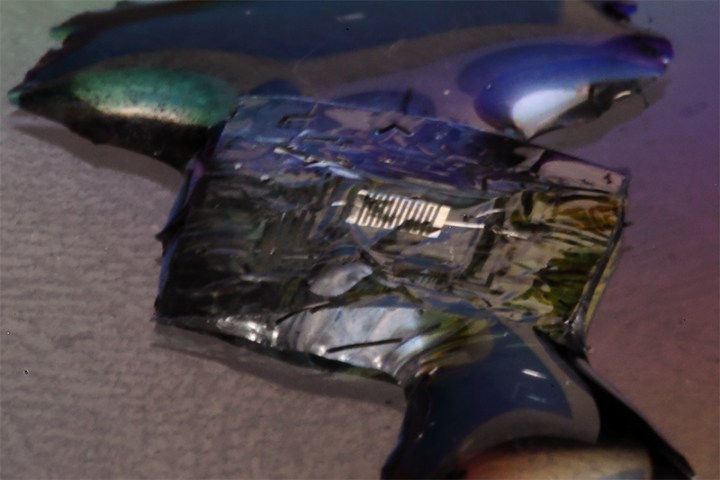
ICARUS arose from the success of the VAPR program which was tasked with the goal of making electronic devices that would vanish if they were left behind in battle. In the two years since its launch, the VAPR team has developed electronic-infused glass strips that can be triggered to shatter into dust and small polymer panels that disappear when they convert from a solid to a gas phase.
During their research, the team found it was theoretically possible to build larger structures that could be engineered to self-combust. According to VAPR and ICARUS program manager Troy Olsson, the researchers then naturally asked “What sorts of things would be even more useful if they disappeared right after we used them?’” These talks lead to the formation of the ICARUS, which stands for Inbound, Controlled, Air-Releasable, Unrecoverable Systems.
The ICARUS program was announced in a recent presolicitation notice that contained program details and guidelines for project submissions. ICARUS will last two years with approximately $8 million allocated to the project. Program lead Olson expects ICARUS to attract a variety of research teams who are exited by the challenge of engineering vehicles built with vanishing materials. “Inventing transient materials, devising ways of scaling up their production, and combining those challenges with the hard control and aerodynamic requirements to reach the precision and soft-landing specs we need here makes for a challenging and compelling engineering problems,” said Olson.



